Description
hardware flow control. It is an ideal choice in the field of industrial automation.
Implementation of communication between ABC industrial robot and PLC based on DeviceNet fieldbus technology
introduction
In modern production systems, industrial robots and PLCs need to communicate and collaborate to complete production tasks. That is, the
industrial robots output signals to the PLC, allowing the PLC to control related equipment to drive the robot”s front-end tools. This article
mainly analyzes the communication problems between ABB industrial robots and PLC based on DeviceNet fieldbus technology.
DeviceNet is a common network communication method in the field of automation. ABB industrial robots establish a network to communicate with
Siemens PLC based on the DeviceNet network.
1Configure DSQC652
There are mainly 5 types of standard I/0 boards commonly used in ABB industrial robots [2]. Except for the different addresses assigned to
them during setup, their configuration methods are basically the same. This article mainly analyzes the ABB standard I/0 board DS0C652, which
mainly builds communication modules based on the DeviceNet network. The DS0C652 board has a distributed I/O module with 16 digital input and 16
digital output interfaces. The board is installed in the ABB industrial robot control cabinet. First, define the specific operation steps of the DS0C652 board,
enter the teach pendant control panel, then enter the configuration menu (Figure 1), select the DeviceNetDevice menu, and add a template to enter Figure 2.
ABB standard I/0 board is hung on the DeviceNet
network, so the address of the module in the network must be set. The jumpers 6 to 12 of terminal x5 are used to determine the address of the module.
The available address range is 10 to 63. Modify the parameters in the template parameters to complete the DS0C652 board settings. Click the drop-down
menu to select the “Use value from template” row, select
“DS0C65224VDCI/0Device”, and then the parameters that need to be set include the address of the I/0 board in the bus.
Figure 1 Configuring DSQC652
2Configure signals and parameters
After completing the DS0C652 board setting, the I/0 signal setting will be performed. Setting the I/0 signal is the basis for establishing communication with
the PLC. The PLC communicates and transmits data with the ABB industrial robot through the I/0 signal and the DS0C652 board. As shown in Figure 3, in the
signal configuration interface, there are many default I/0 points after the system is established. Modification is not allowed. Click “Add” to add signals. When setting
input and output signals, their address range is 0~15. First, enter the signal menu in the configuration options to set the input and output types, and modify the corresponding parameters.
After completing the settings, the computer prompts that you need to restart the settings. If there are multiple signals that need to be defined and the waiting time
is long after restarting multiple times, you can click “Cancel” and wait for all signals to be defined before clicking the “Yes” button to restart. After the signal settings are
completed, click to select “Input and Output” in the ABB menu to check whether all signals have been set.
Figure 2 Configure DSQC652 parameters
Figure 3 Signal parameter settings
During the signal establishment process, attention should be paid to the DSoC652 port and PLC port addresses used, and the corresponding address table should be
established, as shown in Table 1. The robot interacts with the PLC through I/O signals. During the setting process, there must be no errors in the port and address number
of the PLC connected to the DSoC652. If the address is set incorrectly, the communication between the robot and the PLC will not work properly.
The entire robot teaching pendant setting process is shown in Figure 4.
https://www.xmamazon.com
https://www.xmamazon.com
https://www.plcdcs.com/
www.module-plc.com/
https://www.ymgk.com
3BDH000383R0005 DX722F Digital input/output module
3BDH000387R0005 DX731F Digital input/output module
3BDH000371R0005 DA701F Digital/Analog module
3BE066485R1 PM851AK01 Processor unit
3BE069449R1 CI854BK01 PROFIBUS-DP/V1 port
3BSE020512R1 AI801 Analog Input 8 channels
3BSE020514R1 AO801 Analog output 8 channels
3BSE020508R1 DI801 Digital input 24V 16 channels
3BSE020510R1 DO801 Digital output 24V 16 channels
3BSE013208R1 TB820V2 Modulebus Cluster modem
3BSE008508R1 DI810 Digital input module
3BSE020836R1 DI840 Redundant digital input module
3BSC690073R1 DI890 The digital input module is intrinsically secure
3BSE008510R1 DO810 Digital output module Transistor type
3BSE020838R1 DO840 Redundant digital output module transistor type
3BDH000530R1 PM803F Base Unit 16 MB
3BDH008381R0001 TU732F Input/output terminal device
3BSE076940R1 PM 862K01 Processor Unit -67MHz and 32MB.
3BSE092689R1 CI 867AK01 Modbus TCP interface
MU-CTVF11 HONEYWELL Vertical Trim Panel Set – Full Height
MU-CTVH11 HONEYWELL Vertical Trim Panel Set – Half Height
MU-SMAC02 HONEYWELL Analog Output Standby Manual
MU-SMDC02 HONEYWELL Digital Output Standby Manual
MU-KSX152 HONEYWELL SDISI FTA EIA – 485 Cable
MU-MASX02 HONEYWELL Manual/Auto Station
MU-MASX02 HONEYWELL Manual/Auto Station
MC-TSIA12 HONEYWELL MU-TSIA12 Serial Interface FTA for Allen-Bradley
MC-TSIM12 HONEYWELL MU-TSIM12 Serial Interface FTA for Modbus
MC-TSDU02 HONEYWELL MU-TSDU02 Serial Device Interface FTA for UDC 6000
MC-TSDM02 HONEYWELL MU-TSDM02 Serial Device Interface FTA for Manual/Auto Station
MC-TSDT02 HONEYWELL MU-TSDT02 Serial Device Interface FTA for Toledo Scale
PCI-7813R Digital reconfigurable I/O devices
MC-TDOY63 HONEYWELL MU-TDOY63 Digital Output Relay FTA (16 Outputs)
MC-TDOY62 HONEYWELL MU-TDOY62 Digital Output 24 Vdc FTA (32 Outputs)
MC-TDOR62 HONEYWELL MU-TDOR62 Digital Output 240 Vac/125 Vdc Relay FTA
MC-TDOR52 HONEYWELL MU-TDOR52 Digital Output 120 Vac/125 Vdc Relay FTA
MC-TDOD62 HONEYWELL MU-TDOD62 Digital Output 5-200 Vdc Solid State
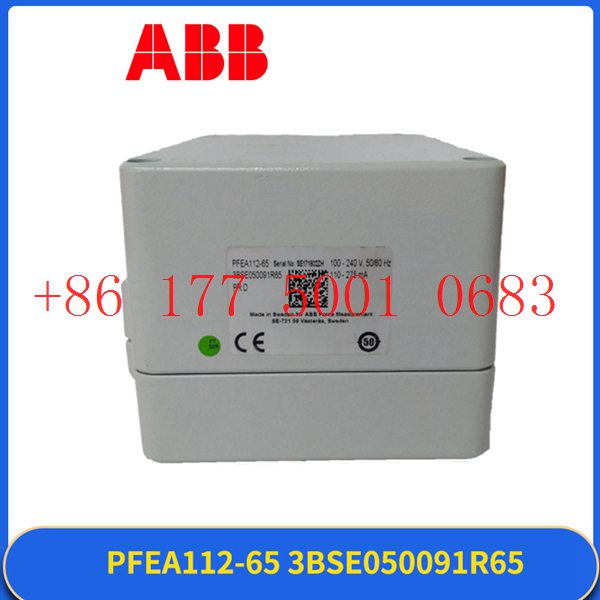
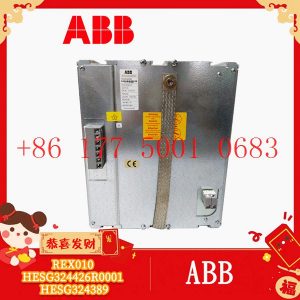
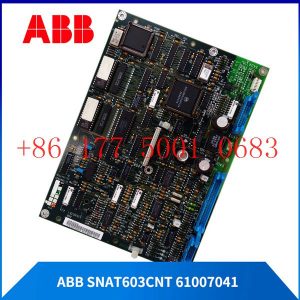
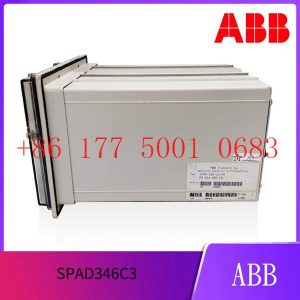
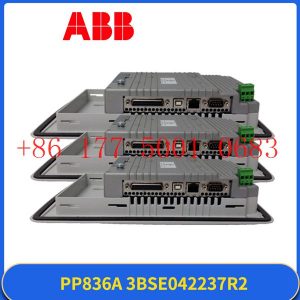
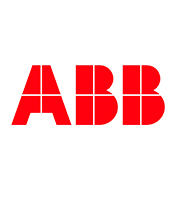

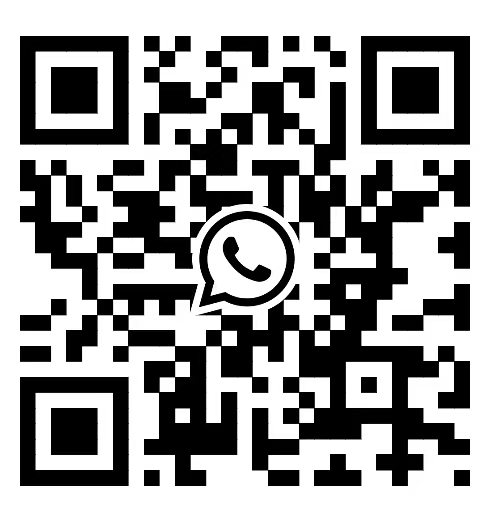
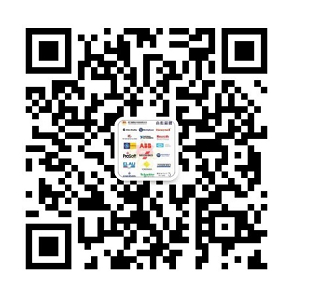
Reviews
There are no reviews yet.